The Power of Diversity: Improving Profits Leads to Soil Health
Regenerative agriculture has helped the Hemme Brothers realize that the opportunities are endless for new enterprises.
This story was originally published in the 2020 Noble Research Institute Annual Report. Read the full Annual Report here.
The three oldest Hemme brothers and their father were ready to welcome home the youngest Hemme son to the family farm in 2016.
However, they knew they would need to do something different on their row crop and dairy operation in Sweet Springs, Missouri. The operation was only supporting one full-time income, and adding a fifth person would be a tipping point.
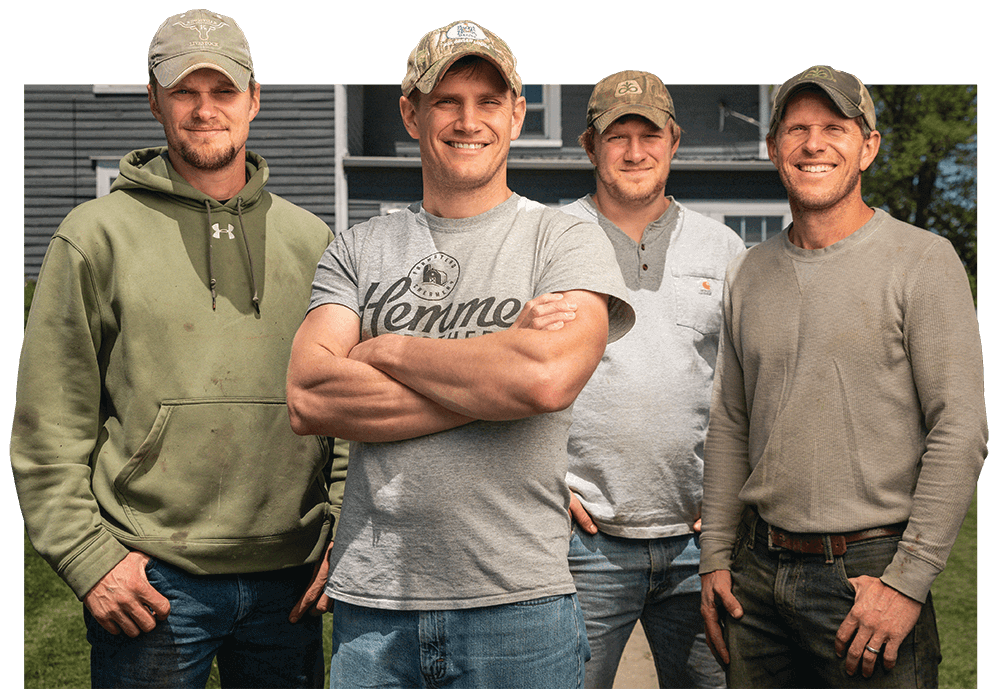
The family evaluated their options. Either they could expand or add value to what they were already doing. They decided to start processing their own milk and making cheese to market directly to consumers. The move enabled the fourth brother to return to the farm, but Jon Hemme, the eldest sibling, says he just wasn’t satisfied.
We were hitting our yields,” Jon says, “but it seemed like there was never much left over, and it was disheartening.” Jon discovered regenerative agriculture and started down the path.
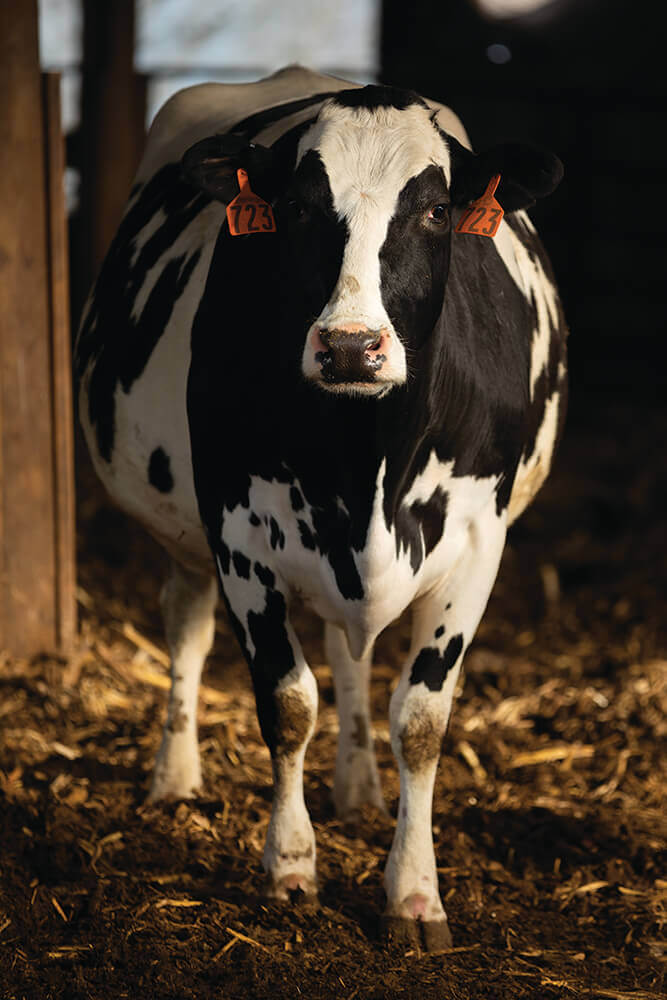
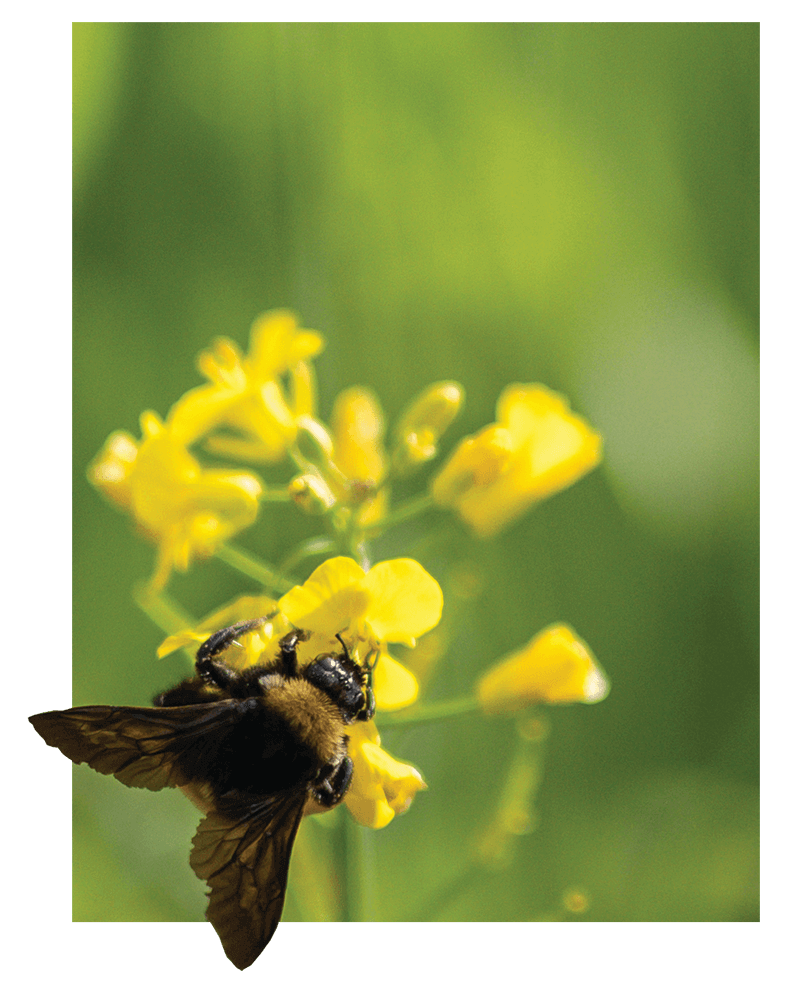
Though the dairy began as a grazing operation 20 years ago, the family had run into problems milking cows in the winter without housing. They built a barn and went the conventional, indoor dairy route, which included selecting cows that are big (bigger than even large beef cows, at 1,400 pounds). These cows are good milk producers but not necessarily efficient grazers. Now, the Hemmes are interested in moving back toward grazing — both for the sake of profitability and soil health. It’s a slow process, especially when considering smaller animals for the herd.
The Hemmes are already making headway in terms of their soil, however.
Their first step into regenerative agriculture was no-till. Just reducing disturbance to the soil gave them as much as a 1% increase in soil organic matter in eight years. About three years ago, they became more intentional about adding cover crops into their corn and soybean fields. In fall 2020, they planted oats and other forage species into a field of corn silage and started grazing it 60 days later for 10 days.
“The cows actually went up about 4.5 pounds in milk once we started grazing,” Jon says. “It was a really profitable deal that we were not expecting. Usually when you do something like that, the cows lose milk.”
Grazing cover crops does require a great deal of extra planning, Hemme says, but it also has the potential to save money. He estimates savings of about $35,000 per year in replacement heifer feed costs with the addition of grazeable covers. The cover crops also give the family’s limited perennial pastures a much needed break, allowing those acres to stay more productive longer. In time, the Hemmes are considering converting more cropland to pasture as they are able to add animals for cash flow.
The Hemmes believe in the power of diversity, both in terms of the plants and animals on the land and the markets they channel their product through. The family has built their brand with cheese, but regenerative agriculture has helped them realize the opportunities are endless for new enterprises. They are testing pork fed with whey, a byproduct from the creamery, and are also raising pastured laying hens. Most recently, they added bees to the operation.
Their customers are happy with the improvements they are making on the land, too.
“Six years ago, this operation wouldn’t hardly supply a one-person salary with four people working there,” Jon says. “Today, the same operation supplies six full-time salaries as well as four part-time. As we add more enterprises, we can bring more people to our operation and have a positive impact in our rural community. It has far surpassed our expectations.”
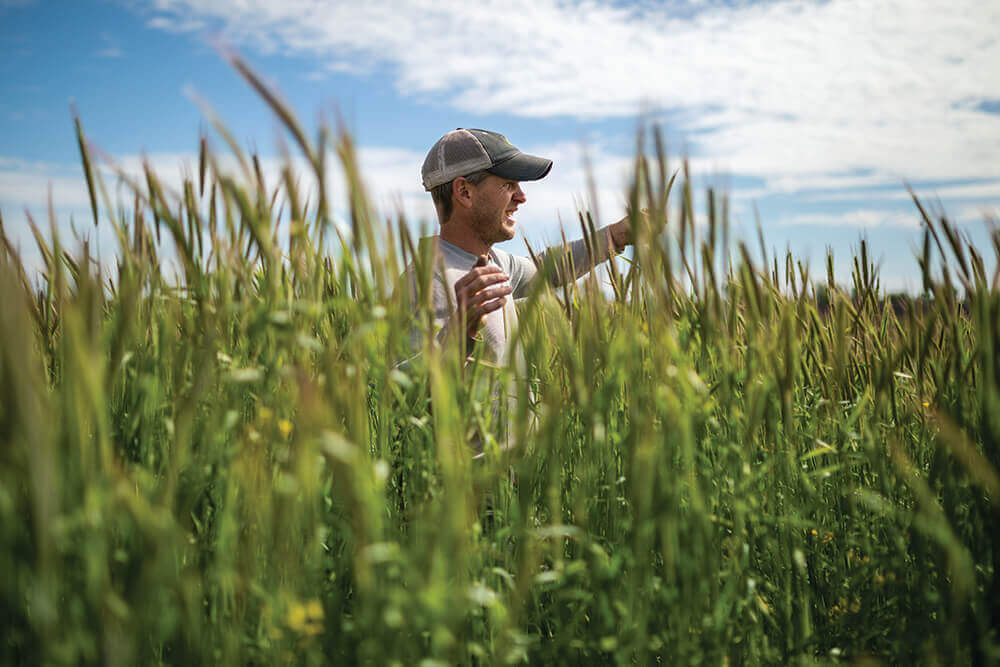
Q&A With Jon Hemme, Hemme Brothers Farmstead Creamery, Missouri
What do you believe contributes most to your success?
Determination. When you want to see something work, you’re going to put more effort into it and, more than likely, it’s going to work. I also try to be pretty diligent in planning. Regenerative agriculture has forced me to do that. You have to think about what your rotation will be for the next year.
What is your greatest need on your regenerative journey?
I want to understand carbon-to-nitrogen ratios better and how to dial those in. Also, what is a good cool-season annual mix and what kind of biomass needs to be there to make managed grazing work well?
What advice do you have for someone just starting out on this journey?
Go meet people, because you won’t be able to figure all of this out on your own. Go to different conventions. Get out of your state to go to some things. If I hadn’t, I never would have met Jim Johnson, Noble Research Institute consultant. A lot of the people I have met have been helpful to me, and I only met them because I was willing to go out and meet them. That networking is extremely important.

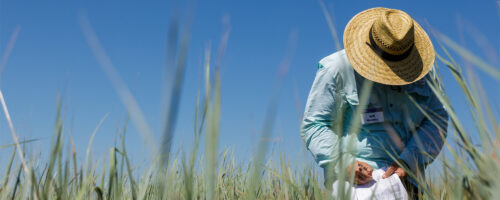
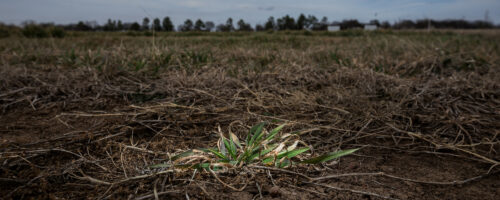
Comment